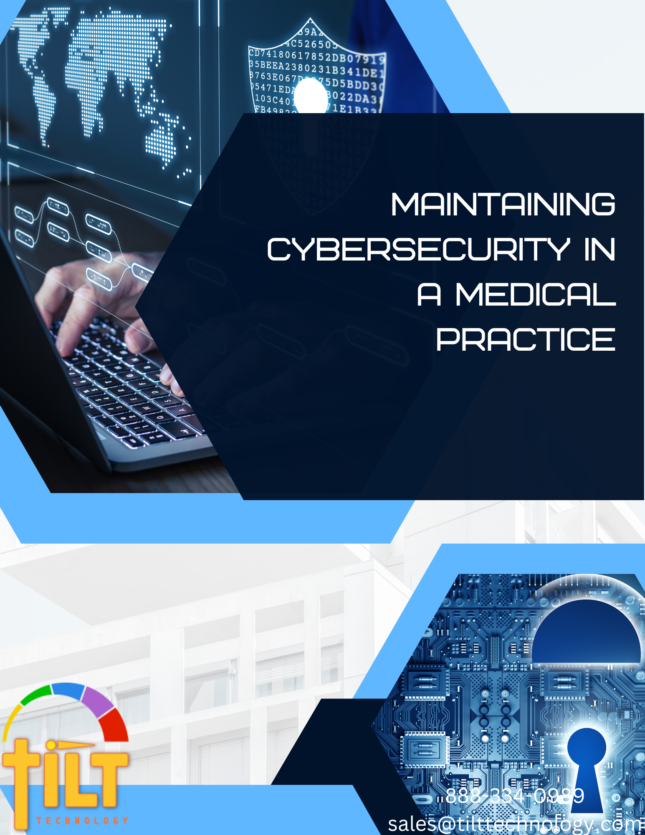Maintaining cybersecurity in a medical practice is crucial to the safety of patient data and the practice’s workflow. 51% of healthcare organizations reported an increase in data breaches since 2019, and there have been around 475 attacks reported so far this year. Cybersecurity should always be at the front of the mind of providers. A robust security system, a backup disaster recovery plan, and a response plan are crucial to protect patient data.
Here are some ways to maintain cybersecurity in your medical practice:
Make sure staff are trained on security protocols
Many breaches result from human error, so it’s essential to update and train staff regularly on security protocols to ensure they are all being followed.
Keep software up to date
Your EHR and PM software is regularly updated, and new security fixes are added. It is important always to use the most up-to-date software for this reason. One option is accessing your software via the cloud. With this option, you don’t have to worry about manual software upgrades- they happen automatically, thus ensuring you are always in the best position.
Outsource Managed IT Services
When you outsource your Managed IT services, you have a team of professionals monitoring your security. They will notice any activity that is out of the ordinary and alert you as soon as possible. Managed IT services are essential for clinics and businesses for several reasons. They provide expertise in IT management, helping to maintain smooth operations. Outsourcing IT services can save costs compared to hiring an in-house team. This allows organizations to focus on their primary tasks without worrying about IT complexities. Managed IT services also offer proactive maintenance, minimizing disruptions and enhancing security measures. Additionally, they provide scalability and 24/7 support, ensuring assistance is available. Overall, managed IT services enable businesses to operate efficiently and securely, focusing on their core objectives.
Have a Backup Disaster Recovery (BDR) Plan
A backup and disaster recovery plan integrates policies and software solutions to ensure business continuity during security incidents. These plans encompass instructions for effectively restoring data using the organization’s backup software. BDR, an abbreviation for Backup and Disaster Recovery, encompasses a comprehensive strategy for data protection that exceeds traditional backup methods. Unlike standard backup and recovery techniques, BDR solutions offer a holistic approach, including rapid recovery, automated failover, and continuity planning, enabling prompt resumption of business operations following a disaster.
These are just a few ways you can maintain cybersecurity in your practice. To learn more about how TILT can help you with cybersecurity, visit http://www.tiltprotect.com.
Visit our site to find out more about TILT Technology











